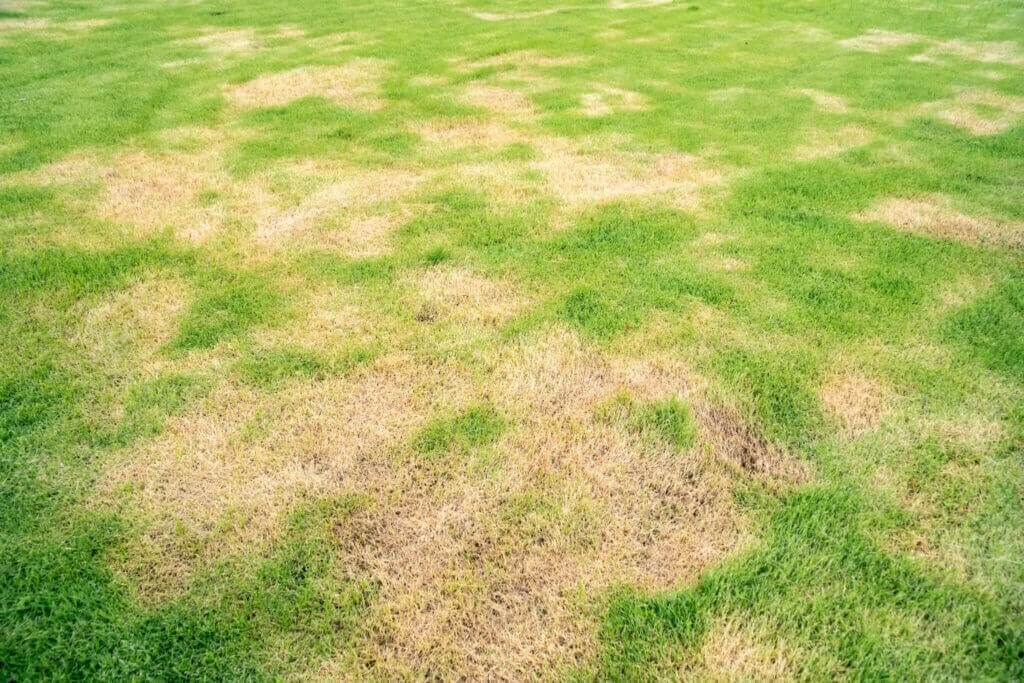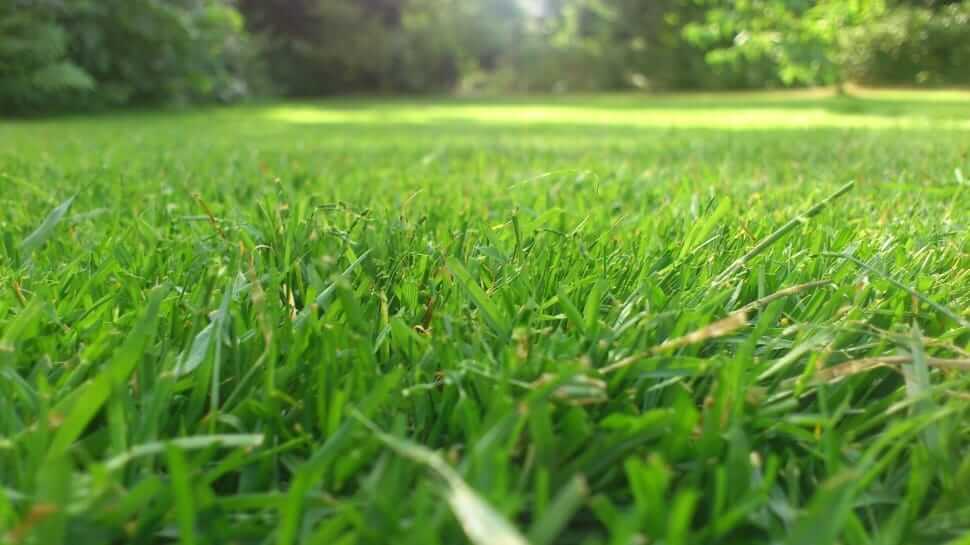As the South African summer season reaches its peak, especially in December when many are on leave and spending more time outdoors, the attention we devote to our lawns becomes ever more critical. In the heart of summer, a well-kept lawn does more than just uplift the beauty of your home; it plays a vital role in supporting the environment and providing pleasure as we spend more and mopre time outdoors. Proper care and maintenance of your lawn during this period is a no brainer for most.
Understanding Your Lawn’s Summer Needs
South African summers are known for their intensity, bringing about specific challenges such as prolonged dry spells and intense heat. These conditions can stress your lawn, making it more susceptible to pests and diseases. For a foundational understanding, refer to PlantInfo.co.za’s insightful article on “7 Tips for a Healthy Lush Green Lawn”.
Top 5 Summer Lawn Care Tips
1. Regular and Appropriate Mowing:
Keep your lawn at an optimal height to promote healthy growth.
Mowing: Best Practices for Summer Regular mowing during summer is more than just about keeping your lawn looking tidy; it’s vital for its health and resilience. A common mistake is mowing the grass too short, which can expose the soil to the harsh South African sun, leading to drying out and scorched grass. Maintaining an optimal grass blade length is crucial. A grass length that shades the soil, helps retain moisture and reduce water evaporation. This not only conserves water but also ensures your grass remains healthy and stress-resistant. Remember, the goal is to trim the grass, not scalp it. Mowing regularly, but at a higher setting, can help your lawn stay lush and green throughout the summer.
2. Efficient Watering Strategies:
Water your lawn deeply yet infrequently to encourage deep root growth.
Watering: Effective Hydration Strategies In the peak of summer, efficient watering becomes critical for lawn survival. The key is to water deeply and less frequently, which encourages deeper root growth, making your lawn more drought-tolerant. Watering early in the morning is ideal as it minimizes evaporation and allows the grass to dry before nightfall, reducing the risk of fungal diseases. Investing in a good sprinkler system can ensure even and consistent watering, which is essential for a healthy lawn. This system can be adjusted to the specific needs of your lawn, depending on the soil type and grass species. Remember, over-watering can be just as harmful as under-watering, so finding the right balance is essential.
3. Proper Fertilization Techniques:
Use a well-balanced fertilizer to provide essential nutrients.
Fertilization: Nourishing Your Lawn in Summer Fertilization in summer is all about timing and balance. Your lawn needs nutrients to cope with the increased heat and sunlight. Using a slow-release fertilizer provides a steady supply of nutrients over time, helping your lawn grow thick and robust. This kind of fertilization promotes strong root systems and helps in better water retention. It’s important to follow the manufacturer’s guidelines to avoid over-fertilization, which can lead to lawn burn and increased growth, necessitating more frequent mowing. For specific guidance on the type of fertilizer and application techniques, PlantInfo.co.za’s “How to Apply Lawn Dressing” is an excellent resource.
4. Routine Lawn Aeration and Leveling:
This helps in water absorption and reduces soil compaction.
Lawn Leveling and Aeration Proper aeration is vital for a healthy lawn, especially during summer. It allows air, water, and nutrients to penetrate the grass roots more effectively. Aerating your lawn helps to reduce soil compaction, enhances water uptake, and improves fertilizer absorption. Alongside aeration, lawn leveling is important to prevent waterlogging and uneven growth. It ensures a flat surface which is not only aesthetically pleasing but also practical for outdoor activities. Regular aeration and leveling can significantly improve the health and appearance of your lawn during the stressful summer months.
5. Pest and Disease Management:
Regularly check for and address any signs of pests or diseases.
Combatting Pests and Diseases Summer brings with it a range of pests and diseases that can wreak havoc on your lawn. Common issues include Armyworms, Brown Patch, Dollar Spot, Mole Crickets, and Fusarium Blight. Effective control starts with proper identification and then choosing the right treatment. Products like Efekto’s Lawn Protector and Margaret Roberts Biological Caterpillar Insecticide offer solutions to these problems. However, it’s crucial to use these products responsibly and opt for eco-friendly options when available. Regular monitoring and early intervention can prevent minor issues from becoming major infestations, keeping your lawn healthy throughout the season.

Combatting Summer Lawn Pests and Diseases
Armyworms: These caterpillar-like pests can cause significant damage to lawns by eating grass blades. They are especially active during warm, moist conditions. To control armyworms, one can use biological insecticides like Bacillus thuringiensis, which is safe for the environment and non-toxic to pets and humans. Regularly inspecting your lawn for signs of these pests, such as brown patches or the worms themselves, is crucial for early detection and control.
Brown Patch: Caused by the fungus Rhizoctonia solani, Brown Patch appears as circular patches of brown, dying grass. It thrives in humid conditions and is more prevalent in over-fertilized lawns. To prevent this, ensure balanced fertilization and avoid excessive nitrogen. Improving soil drainage and air circulation also helps in controlling this disease. For an eco-friendly treatment, consider using fungicides containing beneficial microorganisms that combat the fungus naturally.
Dollar Spot: This disease manifests as small, silver-dollar-sized, tan or straw-colored spots on the lawn. It’s caused by the fungus Sclerotinia homoeocarpa and often occurs in lawns with low nitrogen levels. Maintaining proper fertilization is key to prevention. Watering in the early morning hours also helps, as it allows the grass to dry out during the day, reducing moisture that promotes fungal growth.
Mole Crickets: Mole crickets tunnel through the soil, uprooting grass and causing significant damage. They are particularly troublesome in sandy soils. Biological controls like introducing natural predators or using a nematode-based solution can be effective. Additionally, maintaining a healthy, thick lawn can deter mole crickets, as they prefer sparse and weak turf.
Fusarium Blight: This disease typically forms circular, straw-colored patches in the lawn, often surrounded by a ring of dark green grass. It’s caused by the Fusarium fungus and is more common in high-temperature conditions. To prevent Fusarium Blight, avoid mowing the lawn too short and reduce soil compaction through aeration. Using organic fungicides and ensuring adequate but not excessive watering can also help manage this disease.
Eco-friendly Solutions and Prevention Tips:
- Regular lawn maintenance is key to preventing pest and disease infestations. This includes proper mowing, watering, and fertilization.
- Promoting beneficial microorganisms in the soil can naturally suppress disease-causing fungi and deter pests.
- Opt for organic or biological pest control methods when possible, as they are safer for the environment and non-toxic to pets and humans.

